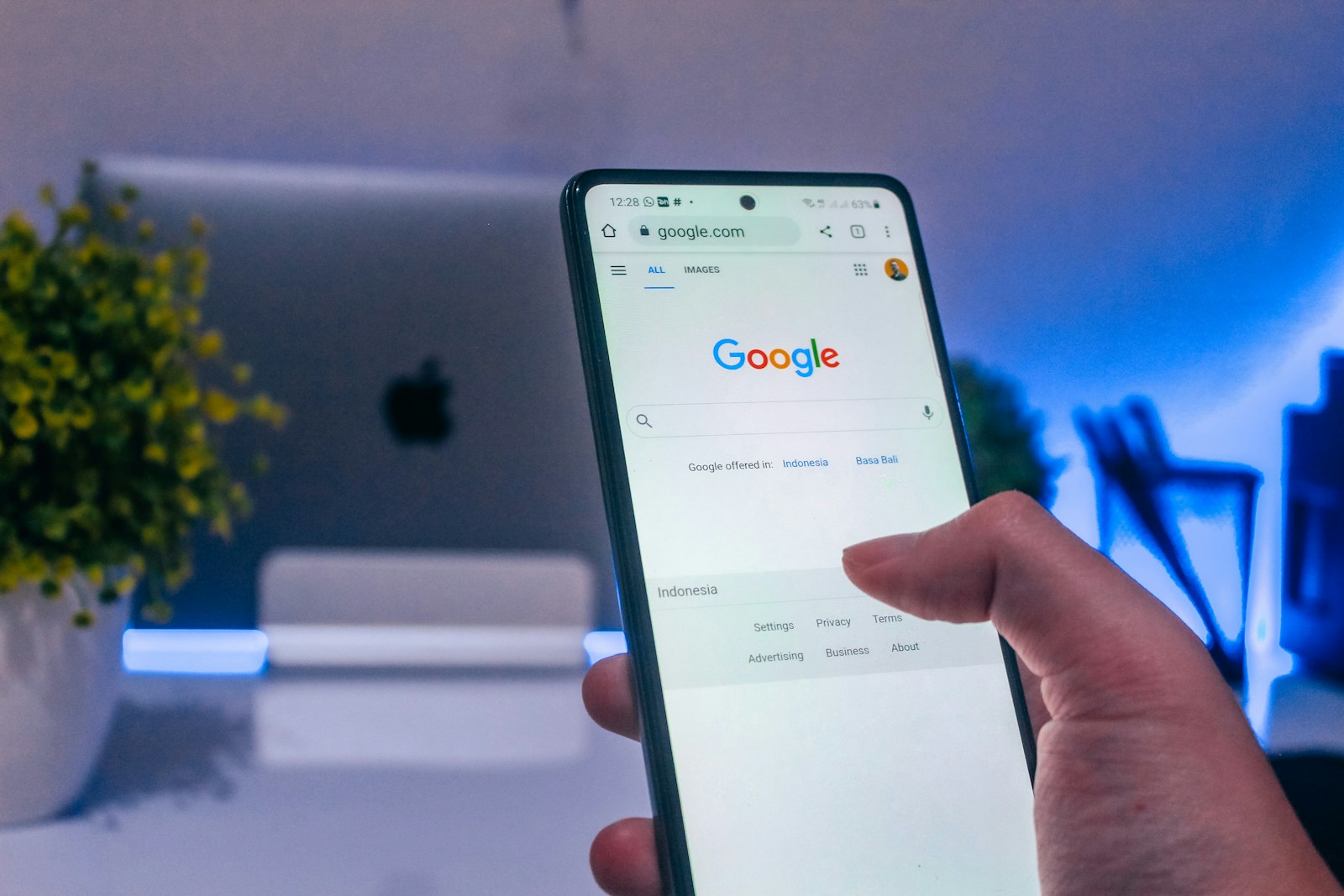E-commerce SEO: The Ultimate Guide to Boosting Your Online Store’s Visibility and Sales
Ecommerce SEO is the process of optimizing your online store to rank higher in search engines like Google, driving more organic traffic and sales. Unlike general SEO (which focuses on informational content), ecommerce SEO marketing targets product searches, category pages, and buyer intent, helping shoppers find your store when they’re ready to buy.
On this page, you’ll learn:
- How to structure your product pages for maximum visibility
- Keyword strategies that convert browsers into buyers
- Technical fixes that boost rankings (without expensive developers)
Whether you run a Shopify store, WooCommerce site, or enterprise platform, mastering ecommerce SEO services can mean the difference between lost traffic and consistent revenue. Let’s dive in.
Why Ecommerce SEO Matters in 2025
Think organic traffic doesn’t drive sales? Think again:
- 53% of all ecommerce visits come from organic search (BrightEdge).
- Product pages ranking #1 on Google get 27% more clicks (Backlinko).
- 70% of shoppers use search engines before making a purchase (Think with Google).
Moreover, investing in ecommerce SEO allows you to capture high-intent traffic at every stage of the buyer’s journey—from discovery to decision. With the right strategy, you can dominate product keywords, category pages, and informational queries that bring users into your funnel early.
Bottom line? If you’re serious about scaling your online store, you can’t afford to ignore the power of ecommerce SEO. Whether you’re running a growing brand or looking to expand internationally, the right ecommerce SEO services can unlock growth that’s both scalable and cost-efficient.
Core Elements of Ecommerce SEO
A well-optimized ecommerce store requires a strategic approach combining technical SEO, on-page optimization, and content marketing. Here’s what every online retailer needs to focus on:
1. Site Structure & Crawlability
Search engines need to easily discover and index your products.
- Fix duplicate content (use canonical tags for product variants)
- Optimize URL structure: yoursite.com/category/product-name (avoid long strings of numbers)
- Internal linking: Link related products (e.g., “Customers also bought”) to keep users & bots engaged
Common issue: Large sites with poor navigation hurt rankings. Use a silo structure (main categories → subcategories → products).
2. Keyword Optimization for Product & Category Pages
Not all keywords are equal. Prioritize buyer intent:
- Product pages: Target commercial intent (e.g., “buy leather wallet men”)
- Category pages: Focus on broad searches (e.g., “best men’s wallets”)
- Use modifiers (e.g., “affordable,” “2025,” “under $50”)
Tools: SEMrush, Ahrefs, Google Keyword Planner
3. Technical SEO: Speed, Mobile, & Schema
Google prioritizes fast, mobile-friendly sites with structured data.
- Page speed: Compress images (WebP format), enable lazy loading
- Mobile-first indexing: Test with Google’s Mobile-Friendly Tool
- Schema markup: Use ProductSchema for prices, reviews, and stock status
Pro tip: An ecommerce SEO agency can audit technical issues at scale.
4. On-Page SEO: Product Descriptions & Meta Tags
- Unique product descriptions (avoid manufacturer copy)
- Meta titles (under 60 chars): “Men’s Leather Wallet – Genuine Cowhide – Free Shipping”
- Meta descriptions (under 160 chars): Include keywords + a CTA
Example:
“Buy waa llet for men”
“Handcrafted Men’s Leather Wallet – RFID-Blocking & Slim Design (2025)”
5. Content SEO: Blogs, Guides & FAQs
- Blogs: Target informational queries (e.g., “How to Clean Leather Wallets”)
- Buying guides: “Best Wallets for Travel in 2025” (link to products)
- FAQ schema: Helps Google display your content in rich snippets
Result: More organic traffic → higher conversions.

Ecommerce SEO Strategy Framework
Step 1: Audit & Benchmark Current SEO
- Use Screaming Frog to find broken links, missing alt tags
- Check Google Search Console for indexing errors
- Track current rankings (Ahrefs, SEMrush)
Step 2: Competitor Research & Keyword Gap Analysis
- Identify competitors’ ranking for high-value keywords
- Find low-competition opportunities (long-tail keywords)
- Analyze their backlink profile (steal their best links)
Step 3: Buyer Personas & Intent-Focused Content
- Map keywords to the buyer journey:
- Awareness: “Types of leather wallets” (blog)
- Consideration: “Best slim wallets for men” (guide)
- Purchase: “Buy minimalist leather wallet” (product page)
Step 4: Link Building & Digital PR
- Guest posts on niche blogs (with product links)
- HARO (Help a Reporter Out): Get featured in industry news
- Influencer collaborations: Earn backlinks from reviews
Step 5: Monitoring, Reporting & Optimization
- Monthly rank tracking (Ahrefs, Google Search Console)
- A/B test meta tags & CTAs
- Update old content (keep it fresh for Google)
Need help? An ecommerce SEO company can execute this strategy at scale.
Next Steps:
- Run a free site audit (use SEMrush/Ubersuggest)
- Pick 3 product pages to optimize this week
- Reach out to an ecommerce SEO agency for scaling
Hiring an Ecommerce SEO Agency or Company
Deciding between building an in-house team or hiring an ecommerce SEO agency? Here’s how to choose:
When to Hire an Agency
- Lack of expertise in technical SEO, content strategy, or link building
- Need faster results (agencies have proven frameworks)
- Scaling globally (multilingual/multiregional SEO)
Checklist for Evaluating Ecommerce SEO Companies
- Portfolio: Case studies with revenue growth (not just traffic)
- Transparency: Clear reporting (rankings, conversions, ROI)
- Specialization: Do they focus on ecommerce SEO services (not just general SEO)?
Red Flags to Avoid
- Guaranteed #1 rankings (Google’s algorithm is unpredictable)
- No custom strategy (one-size-fits-all approaches fail)
- Poor communication (delayed responses, vague reports)
Tip: Look for an ecommerce SEO company with experience in your niche (fashion, electronics, etc.).
Top Ecommerce SEO Services to Look For
A high-quality ecommerce SEO agency should offer:
1. Keyword Research & Mapping
- Finds buyer-intent keywords (not just high-volume terms)
- Maps keywords to product pages, blogs, and category pages
2. Technical SEO Audits
- Fixes crawl errors, duplicate content, and site speed
- Implements schema markup for rich snippets
3. Conversion-Driven Content
- Optimizes product descriptions, meta tags, and blog posts
- Creates buying guides to boost organic traffic
4. Performance Tracking
- Monthly reports on rankings, traffic, and revenue impact
- A/B tests CTAs, titles, and layouts for better conversions
Best for: Brands that want **hands-off, expert-led SEO growth*.
Ecommerce SEO is your key to sustainable growth, driving ready-to-buy customers without relying solely on ads. It combines technical optimizations, keyword strategy, and conversion-focused content, but execution matters. While basic SEO can be DIY, an ecommerce SEO company delivers faster, scalable results. At Mavit Digital, our ecommerce SEO services specialize in:
- Data-driven keyword mapping
- High-converting product page optimizations
- Technical fixes that boost rankings
FAQs About Ecommerce SEO
1. How long does ecommerce SEO take to show results?
Most ecommerce SEO services take 3-6 months to deliver noticeable traffic growth, with significant revenue impact in 6-12 months. Google needs time to index and rank your optimized pages. However, technical SEO fixes (like improving site speed) can yield faster wins.
2. How is ecommerce SEO different from local SEO?
- Ecommerce SEO targets national/global buyers searching for products (“best wireless headphones 2025”).
- Local SEO focuses on geo-specific searches (“coffee shops near me”).
Ecommerce requires category/product optimizations, while local relies on Google Business Profile.
3. Can I do ecommerce SEO myself?
Yes, but with limitations. Basic optimizations (meta tags, keywords) can be DIY, but technical SEO, link building, and advanced content strategies often require an ecommerce SEO agency.
4. How often should I update my product pages?
- Seasonal products: Refresh every 3-6 months
- Evergreen products: Update annually (prices, images, FAQs)
- Blogs/guides: Reoptimize every 6-12 months



